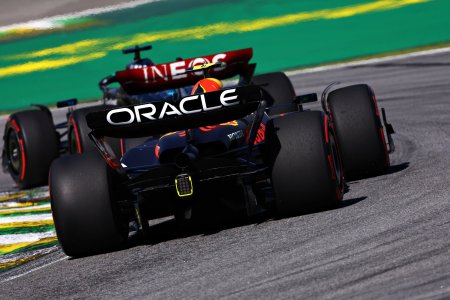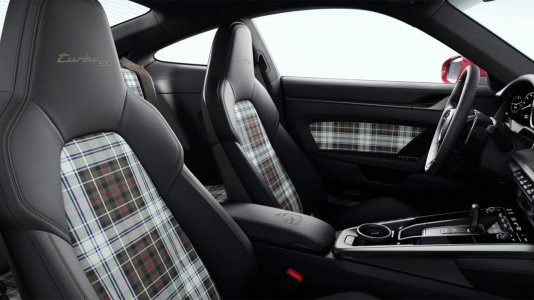D
Deleted member 955978
-
Deleted member 955978
Curious here, what’s subjective on his driving here?No, the reason for this tradegy was never solely blamed on Hawthorn. Individuals might have blamed him, that's also subjective.
point taken on what @boomn said about safety measures on track.
But the initial move was on Hawthorn, nothing to palliate here.










